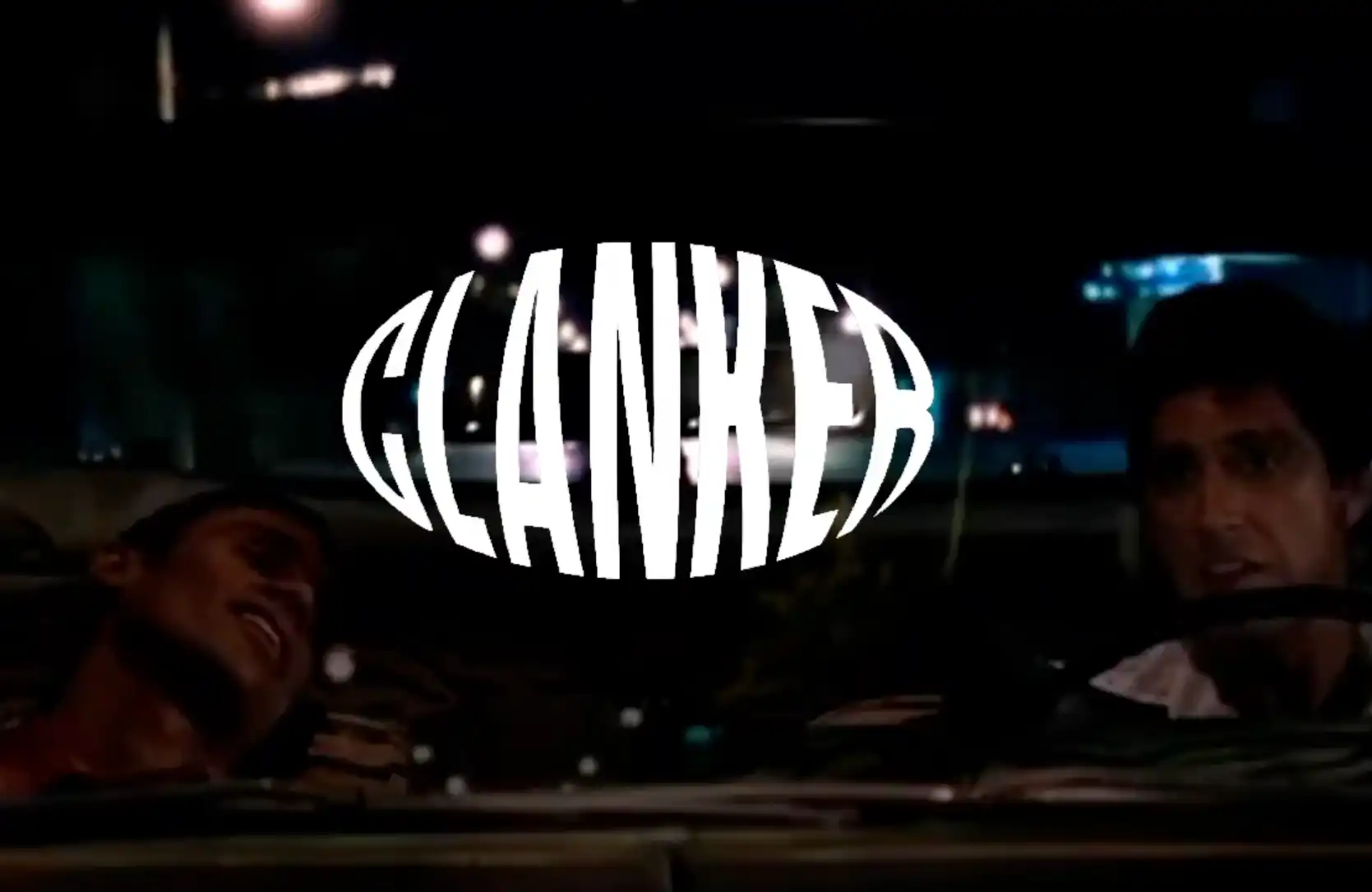WSJ: Is a Stablecoin Innovation or a Digital Mirage of the Old Financial System?
Original Article Title: Can Markets Trust Stablecoins?
Original Article Author: Amit Seru, WSJ
Original Article Translation: Golem, Odaily Planet Daily
Stablecoins: The Contemporary "Narrow Bank"
Washington once again promises to reshape currency with code, and the political tailwind behind the recently passed U.S. "Genius Bill" has given new life to this recurring fantasy, that technology can ultimately eliminate the instability at the core of finance. While this promise is enticing, the reality is harsh: we can modernize money, but we are still transporting it through a "pipeline" built in the 19th century.
This utopian idea is partly based on the 2023 collapse of a Silicon Valley bank. This was not a new trouble caused by subprime mortgages or any exotic derivatives, but a reenactment of the oldest hazard in banking: maturity mismatch. Depositors, especially those without insurance, can withdraw deposits on demand, but banks make long-term investments. When interest rates soar but trust evaporates, user withdrawals follow, assets are sold at a discount, and the government has to intervene once again.
The "narrow bank" was once seen as a solution, an institution holding only cash or short-term government bonds. (Odaily Note: The concept of a "narrow bank" originated after the Great Depression of the 1930s in the United States, as a banking model that accepts deposits and invests all or nearly all of these deposits in highly liquid, ultra-low-risk assets such as short-term government bonds or central bank reserves)
The "narrow bank," while very safe, lacks dynamism, cannot create credit, make loans, or foster growth.
Stablecoins are a reimagining of the "narrow bank" in the age of technology: private digital tokens pegged to the dollar and claimed to be backed by one-to-one liquidity reserves. For example, Tether and USDC claim to provide programmable, borderless, tamper-proof deposits, removing regulatory burdens.
Yet, beneath the glamorous digital veneer, the ancient fragility of finance remains, as these tokens still rely entirely on trust. However, the reserves are usually opaque, custodians may be offshore, audits are selective, and redemption remains merely a promise.
Therefore, when trust falters, the entire system collapses. The stablecoin TerraUSD collapsed in 2022 as it attempted to maintain its peg to the dollar using an algorithm rather than real reserves. Its value depended on another convertible token, Luna. However, when confidence waned, investors rushed to redeem TerraUSD, selling off large amounts of Luna to the market. Due to the lack of reliable collateral and escalating circumstances, both tokens collapsed within days. Besides such extreme cases, even so-called "fully collateralized" stablecoins experience price fluctuations when the market questions the truth behind their reserves.
errorBut trust cannot be outsourced to code. It is created by institutions, audits, and rules. Ironically, blockchain, a technology born out of the resistance to financial regulation, is now seeking legitimacy through the very disclosure and oversight it once sought to evade. The "Genius Bill" provides this clarity, but the full cost of the trade-off has become clear.
In the financial realm, as in a fable, great power often masks even greater vulnerability. If stablecoins become embedded in everyday transactions, then when they fail, the impact will not be limited to the crypto world alone; it will become a shared issue for households, businesses, and taxpayers.
The bill also opens the door for tech giants or corporate behemoths to enter the payment space under relatively lenient rules, sparking concerns about privacy, competition, and market concentration in a digital dollar infrastructure driven by scale rather than security.
Despite all the hype, stablecoins have not transcended the banking industry. They have merely replicated the contradictions of banking in a new form. The true vision of blockchain is to end reliance on trust. However, we are now doubling down on trust under federal oversight.
Money remains a social contract: a promise that someone will make good on your loss somewhere. No amount of code or collateral can eliminate the need for credibility in this promise. Likewise, no regulatory action can abolish the fundamental trade-off in finance: security comes at the cost of efficiency. Forgetting this invites the next crisis.
Stablecoins repackage old risks as innovation. The danger lies not in what they are, but in pretending they are not what they are.
Welcome to join the official BlockBeats community:
Telegram Subscription Group: https://t.me/theblockbeats
Telegram Discussion Group: https://t.me/BlockBeats_App
Official Twitter Account: https://twitter.com/BlockBeatsAsia
 Forum
Forum OPRR
OPRR Finance
Finance
 Specials
Specials
 On-chain Eco
On-chain Eco
 Entry
Entry
 Podcasts
Podcasts
 Activities
Activities








